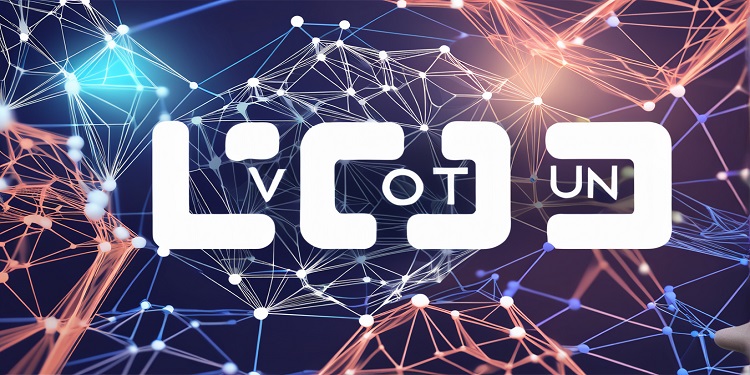 Muir Glacier hard fork, initiated by core team working on Ethereum blockchain, has been completed with the primary objective of delaying the difficulty bomb by 4,000,000 blocks.
Muir Glacier hard fork, initiated by core team working on Ethereum blockchain, has been completed with the primary objective of delaying the difficulty bomb by 4,000,000 blocks.
Majority of clients were operating in sync, even though as per ethernodes, the nethermind client still faced some problems and had dropped behind by 150 blocks.
The latest hard fork has been completed after the completion of Istanbul upgrade on December 7.
In reality, the Muir Glacier hard fork turned out to be necessary after the Istanbul upgrade as there were errors in calculating the timing of Ethereum’s difficulty bomb for mid-2020.
The difficulty bomb is an in-built process that systematically boosts the difficulty of fresh block creation and is a part of the Ethereum’s transition to a proof-of-stake consensus algorithm.
Earlier to the hard fork, there were some worries regarding the readiness of the blockchain for the upgrade. The concern was brone out of nethermind client’s collapse to sync for more than two hours.

Brushing away nethermind’s synching problems, it is assessed that roughly 80% of the aggregate active nodes on the Ethereum blockchain are ready for Muir Glacier upgrade.
Notably, Binance is also backing the upgrade as per their official statement two days before.
Nevertheless, ethernodes currently is yet to provide information regarding Muir Glacier readiness by other cryptocurrency exchanges such as Coinbase.








